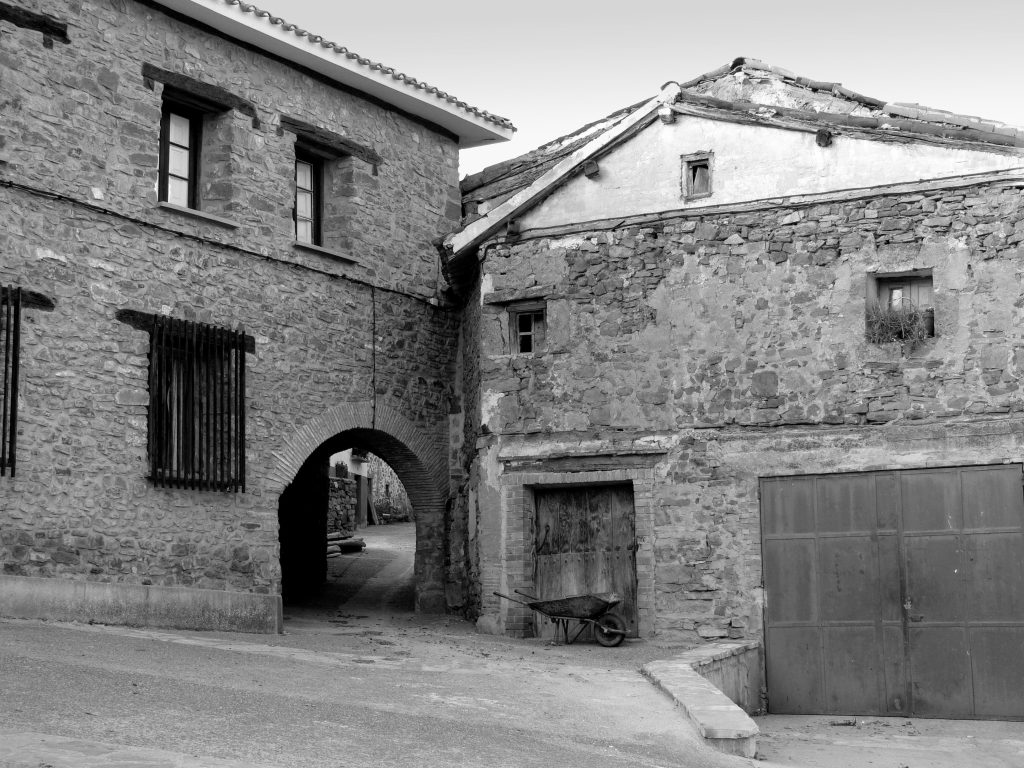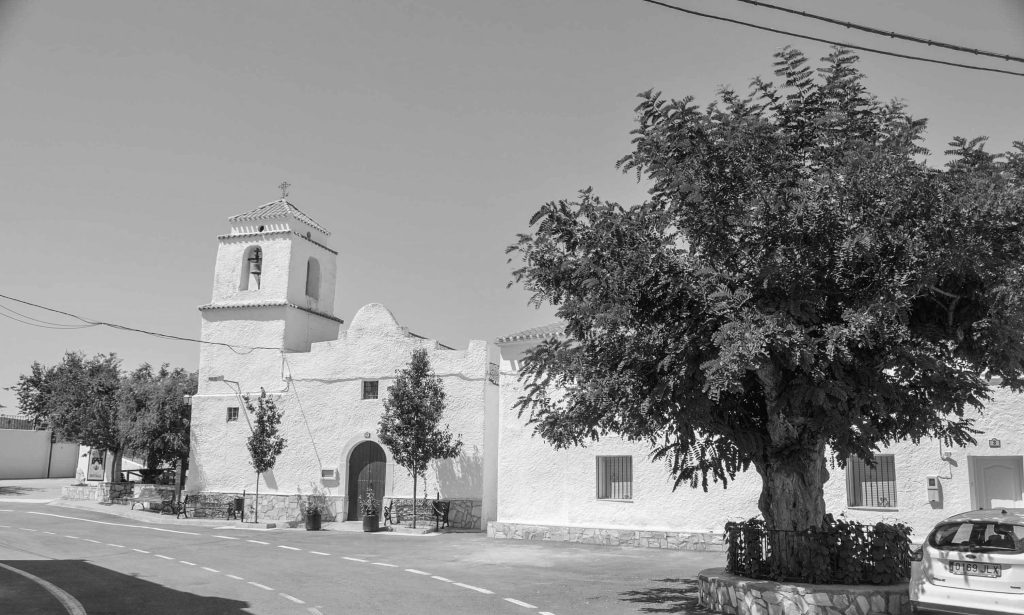Designing for Protest: How Public Spaces Shape Movements
The square was vast, its cobblestones worn smooth by countless feet. Will Hunter stepped into the heart of the space, the air alive with a faint, intangible hum—as if the echoes of past protests lingered in the cracks between the stones. Above him, banners of a faded uprising flapped in the wind, their slogans long since weathered but their spirit palpable.
.
“Welcome to Plaza del Pueblo,” said Elena, an urban sociologist and guide. Her voice carried the weight of reverence. “Every revolution, every movement, every voice of dissent has passed through here.”
.
Will paused, taking in the openness of the space. It was paradoxically intimate and grand—a place where individuals could gather, yet lose themselves in the collective. “Why here?” he asked.
.
Elena smiled knowingly. “Public squares are the soul of democracy,” she said. “Henri Lefebvre called them spaces of production—where society creates itself through dialogue, assembly, and action.” She gestured to the steps of a nearby building, which rose like an impromptu stage. “This is where leaders speak, where the crowd converges. Designing for protest, in a sense, is built into this space.”
.
Will thought of Lefebvre’s The Production of Space. Lefebvre argued that space was never neutral—it was a product of social relations, shaped by power, resistance, and culture. Plaza del Pueblo wasn’t just a physical location; it was a theater of the human condition, a stage for history’s most pivotal moments.
.
As they walked, Elena pointed out subtle features: low barriers that didn’t obstruct but created zones for gathering, the slight incline of the square that naturally directed attention toward its center. “It’s no accident,” she said. “Designing for protest isn’t just about aesthetics; it’s about facilitating collective action, about empowering the people.”
.
Will envisioned other iconic squares: Tahrir Square in Cairo, where the Arab Spring ignited; Tiananmen Square, where silence bore the weight of tragedy; and the National Mall in Washington, D.C., where hope and protest often mingled. These were spaces that had witnessed the ebb and flow of history, spaces where designing for protest had either empowered or suppressed the voices of the people.
.
But not all spaces invited dissent. Elena led Will to a newer plaza on the city’s outskirts. The polished marble gleamed under the sun, but its emptiness was stark. Surveillance cameras loomed from every angle, and fences delineated “acceptable” gathering zones. “This is a space of control,” Elena said. “It looks open, but it’s designed to suppress spontaneity. It’s the opposite of Lefebvre’s vision.”
.
Standing in the shadow of history, Will realized that designing for protest wasn’t just about creating beautiful spaces; it was about creating spaces that supported democracy, where the voices of the people could be heard and their collective will could be expressed.
.
“Architecture isn’t just walls and stone,” he thought. “It’s the silent ally—or adversary—of human expression.”
Learning Points:
- The Role of Public Space in Social Movements: Understanding how the design of public spaces can facilitate or hinder social movements, protests, and acts of civic engagement.
- The Power of Place in Shaping Social Change: Exploring how the physical characteristics of public spaces—from their layout and materials to their symbolism—can influence human behavior and collective action.
- The Importance of Inclusive and Democratic Public Spaces: Examining the principles of inclusive design and how they can be applied to create public spaces that empower citizens and foster a sense of belonging.
- The Dangers of Surveillance and Control: Analyzing how surveillance technologies and restrictive design elements can be used to suppress dissent and limit freedom of assembly.
- The Role of Architects and Urban Planners in Social Change: Exploring the ethical and social responsibilities of architects and urban planners in creating public spaces that support democracy and empower citizens.
Keywords:
- Designing for Protest
- Public Space Design
- Urban Design
- Social Movements
- Architecture and Politics
- Political Protest
- Civic Engagement
- Public Space Activism
- Henri Lefebvre
- The Production of Space
- Urban Sociology
- Human Rights
- Democracy
- Surveillance and Public Space
This fictional story is set within the dreams of Will Hunter, a character created to explore the intersection of imagination and design. Dive into his dreamscape and discover how storytelling can illuminate real-world lessons in architecture and creativity.
Some of the links on this website may be affiliate links. This means that if you click on the link and make a purchase, we may receive a small commission. We only recommend products and services that we genuinely believe will be beneficial to our readers.




